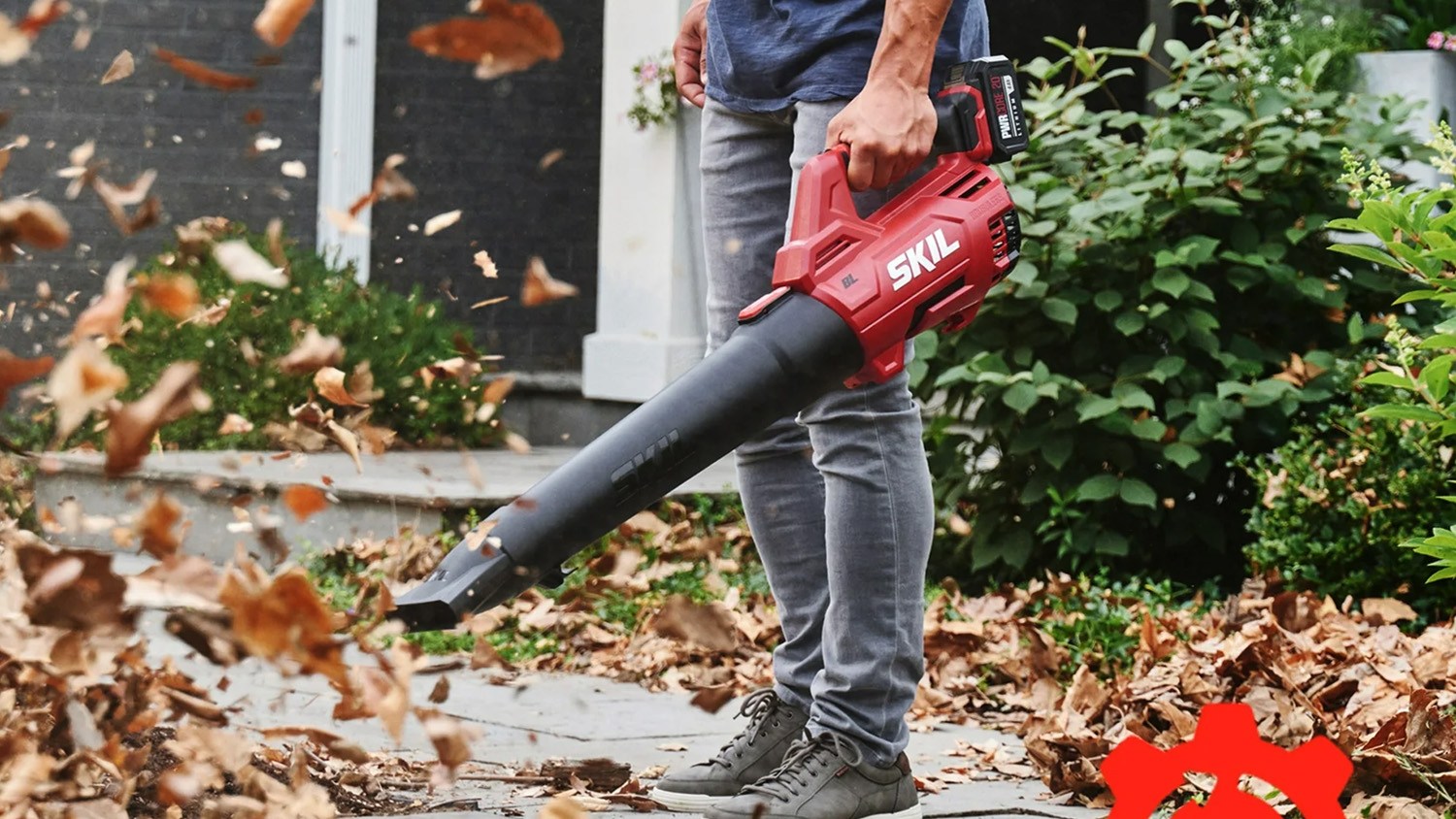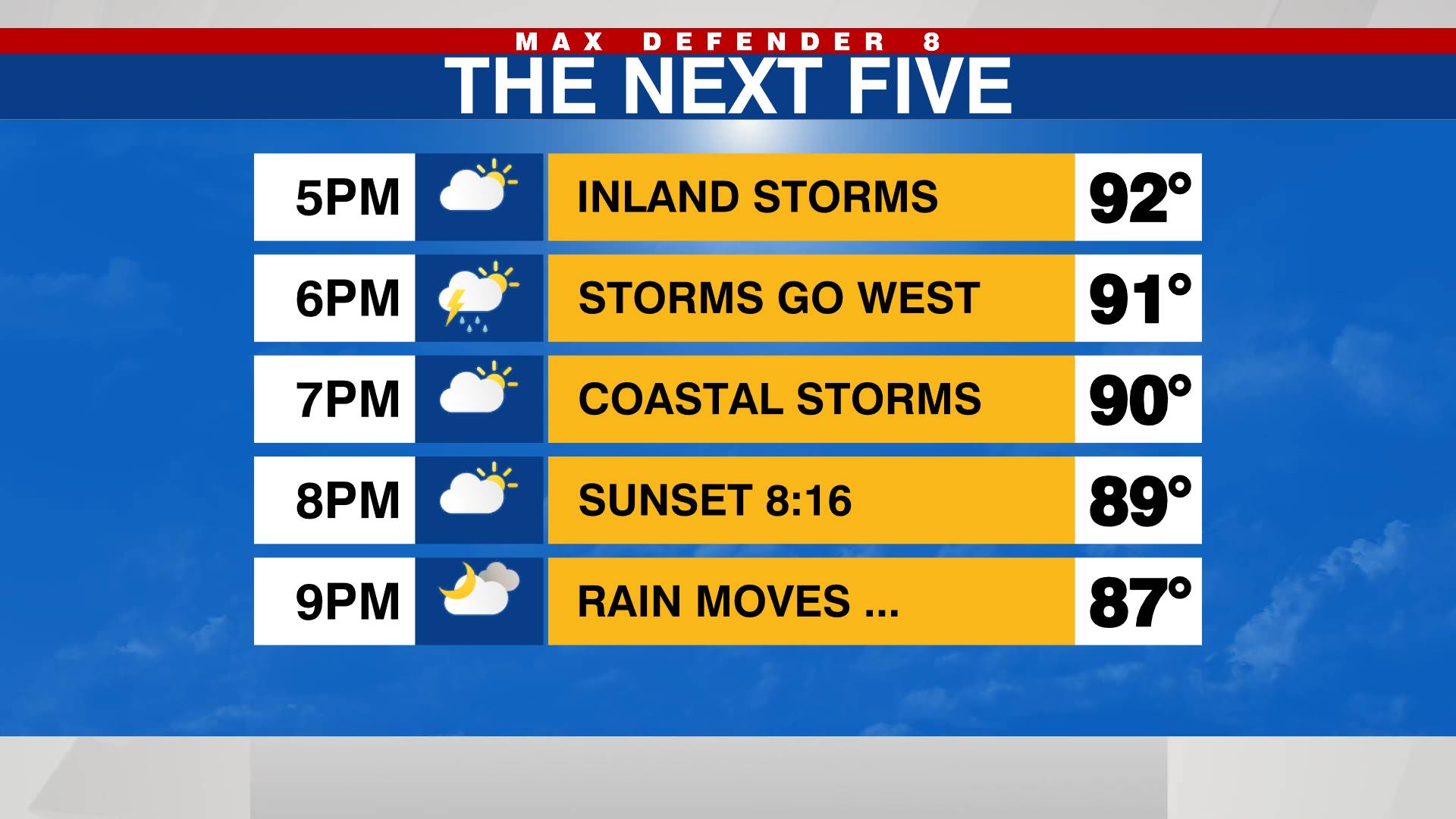DADE CITY, Fla. (WFLA) — We’ve seen Hurricane Milton’s devastation, from roads nearly submerged in water to roads being closed, but for people who live along the Withlacoochee River their problems are just beginning.
Ernie Bench and his wife, Ashley, went on a mission Sunday to get this generator to a senior couple near Dade City whose home is surrounded by water.
“People were complaining, no power, I need power and we don’t have a roof,” Ashley cried. “People don’t have homes.”
She and her husband couldn’t do it alone, so they recruited some help from the Florida Fish and Wildlife Conservation Commission.
“It was life-saving,” Mike Lyles said as the generator was being lifted to his home.
With a smile and a thumbs up, FWC was on to its next mission.
They took 8 On Your Side on a high water vehicle to see just how badly Hurricane Milton hit some of these communities in Pasco County.
Cars, mailboxes, and homes were almost completely underwater.
“It’s a whole range of a public safety mission,” Capt. Matthew Dallarosa explained. “911 calls if they were to become available, offering people assistance to get out of their homes, even all of the way to looting patrol.”
“We’re not going to allow people to victimize people who have already been victimized by a storm,” he continued.
So FWC is out in full force as Dallarosa said, their work is far from over.
“In this case, we’re in a swamp buggy,” he explained. “Our officers have been on shallow draft boats, they’ve been on airboats, they’ve been in their trucks, everything that we have.”
“Our aviation assets have all been deployed, every piece of equipment we have has been here for the storm and to help residents across the state with whatever they’re suffering with as a result of the storm,” he continued.
While many people across the Tampa Bay area are ripping out drywall and figuring out what comes next, for people who live near the Withlacoochee River, Hurricane Milton may be long gone, but the water is still rising.
“In some areas of the Withlacoochee, we’re not going to see peaks for 4 weeks,” Southwest Florida Water Management District Chief Professional Engineer Mark Fulkerson.
We went to the experts to find out why the water is still rising and what you need to know if you live anywhere near the Withlacoochee River.
Fulkerson said, “We’re seeing levels higher than we’ve seen in 6 decades: about 1960.”
“We could go 2 or 3 weeks without rain and the water is still rising on people’s homes,” he explained. “That’s hard for people to understand because it hasn’t rained in all that time and the storm was so many weeks ago but that’s part of that dynamic of how the river responds to rainfall.”
“It takes time for the water levels to rise,” he continued.
Fulkerson provided the following breakdown of the rising waters:
Withlacoochee River (Green Swamp to the Gulf of Mexico):
Green Swamp
- Current flooding in the Green Swamp is the highest it’s been since 1960, surpassing both the peaks from Hurricane Irma (2017) and the 2004 hurricanes.
- The Withlacoochee River at SR471, in the middle of Green Swamp, is now cresting at its highest level in over 6 decades.
- At the Dade City gauge on the west side of the Green Swamp, river levels have risen 5.5 feet in the past 3 days and may crest in the next day or so.
- This is an ominous sign for the remainder of the Withlacoochee River as all this floodwater must make its way downstream, causing water levels to rise to historic levels.
- There are no water control structures in the Green Swamp that could hold back or divert any floodwaters.
Trilby and Ridge Manor
- The Withlacoochee River at Trilby (US301) has risen over 7 feet in the past 3 days and is now less than 16 inches below the peak from Hurricane Irma.
- The National Weather Service is currently predicting Trilby to rise another 2 feet by next Saturday (10/19). This could surpass the Hurricane Irma peak by about a foot.
- Near Ridge Manor (SR50) the river has also risen over 6 feet since Milton and is expected to continue rising for at least another week.
- Flooding at Trilby and Ridge Manor are projected to be the highest they’ve been since 1960.
Nobleton and Hwy 48
- Downstream at Nobleton (CR476), the Withlacoochee River has already risen 2 feet and will continue rising for another 10 days at least, possibly cresting on 10/22 or 10/23.
- At Hwy 48 (between Floral City and Bushnell), river levels have risen over a foot since Milton and could continue rising for another 2 weeks (peaking around 10/25).
- At both Nobleton and Hwy 48, flood levels are expected to exceed the peaks from both Hurricane Irma (2017) and the 2004 hurricanes, rising at least another 2 feet in those areas.
Hwy 44 and Hwy 200
- River levels at Hwy 44 have risen 1.5 feet in the past 3 days and are already within 7 inches of the Hurricane Irma peak (2017). And they may rise another 2-3 feet.
- At Hwy 200 (Holder), the Withlacoochee River has already risen over 2 feet since Milton and is now only 6 inches below Irma flood levels.
- The National Weather Service is currently predicting Hwy 200 will rise another foot by Wednesday, but it will end up much higher than that.
- The river at Hwy 200 could rise another 3-4 feet by early November, which would be a major flood stage and higher than we’ve seen in over 6 decades.
- The peak flooding at Hwy 44 and 200 won’t occur for another 3-4 weeks.
Dunnellon and Lake Rousseau
- At Dunnellon (Hwy 41), the Withlacoochee River is expected to rise as floodwaters make their way downriver.
- On Lake Rousseau, the Inglis Dam, which was opened on August 3rd, remains open discharging excess flows to the Barge Canal.
- Lake Rousseau was lowered prior to Hurricane Milton to create room for heavy rainfall that filled it back up in 24 hrs.
- The lake is being lowered yet again as river levels upstream near Dunnellon continue to rise.
- The Inglis Dam has no effect on river levels upstream near Hwy 200. Flooding from the Green Swamp downstream past Hwy 200 is the result of natural river flows and channel bottom elevations (topography).
Lower Withlacoochee River
- After severe coastal flooding from Hurricane Helene, the Lower Withlacoochee River was spared from any major storm surge during Hurricane Milton.
- The Inglis Bypass Spillway is fully open, discharging high flows to the Lower Withlacoochee River.
- The Inglis Dam is also open discharging rising river flows into the Barge Canal.
Tsala Apopka Chain of Lakes (Citrus County):
- All three pools of the Tsala Apopka Lake Chain rose 7-9 inches from Hurricane Milton rainfall.
- Prior to the storm, structures were open releasing water to create storage.
- All structures that release water from the lakes remain open helping to lower lake levels.
- The Floral City and Inverness Pools are currently above their high levels, while the Hernando Pool is slightly below its high level.
- We’ll continue releasing water from the lakes into both Two-Mile Prairie and the Withlacoochee River at SR 200 for the next couple of weeks.
- This will create some room and allow us to divert some of the floodwater from the Withlacoochee River back into the lakes when river levels are peaking.
- At that point, we’ll stop releasing water back to the river at Hwy 200 to prevent the river there from rising any higher.
- We cannot lower the Withlacoochee River or prevent it from flooding, but we’ll do everything we can to help.
Lake Panasoffkee and Wysong Structure (Sumter County):
- Lake Panasoffkee has risen about 15 inches in the past 3 days in response to Hurricane Milton.
- Inflows to the lake from Little Jones Creek and Shady Brook are the highest they’ve been in over 40 years.
- The Wysong Structure on the Withlacoochee River, which was fully lowered in early August, remains fully lowered.
- Prior to Hurricane Milton, river levels at Wysong were 6 inches below their normal level.
- Lake Panasoffkee is expected to rise for at least 2 more weeks, as upstream floodwaters drain into the lake and the Withlacoochee River downstream remains high.














